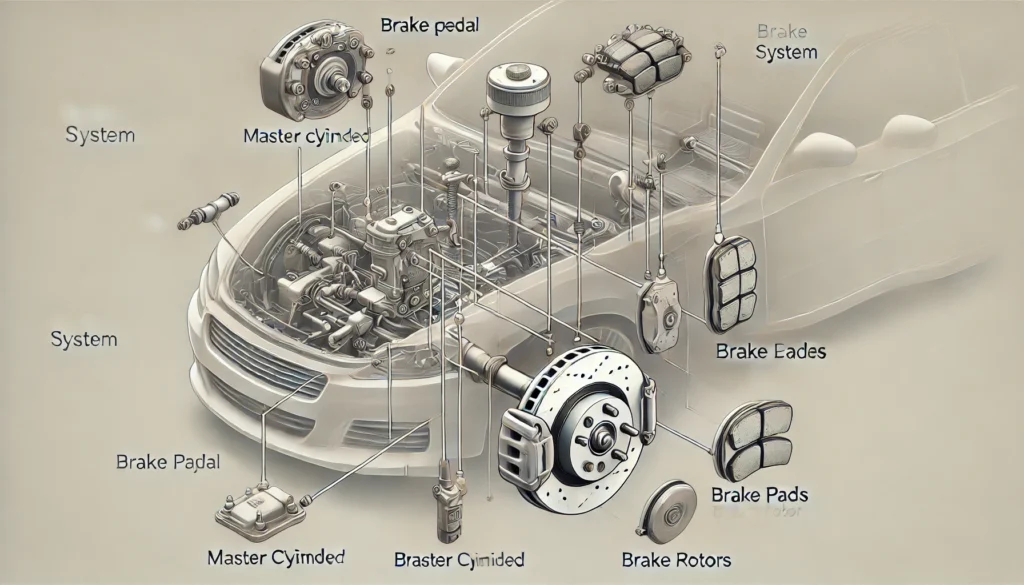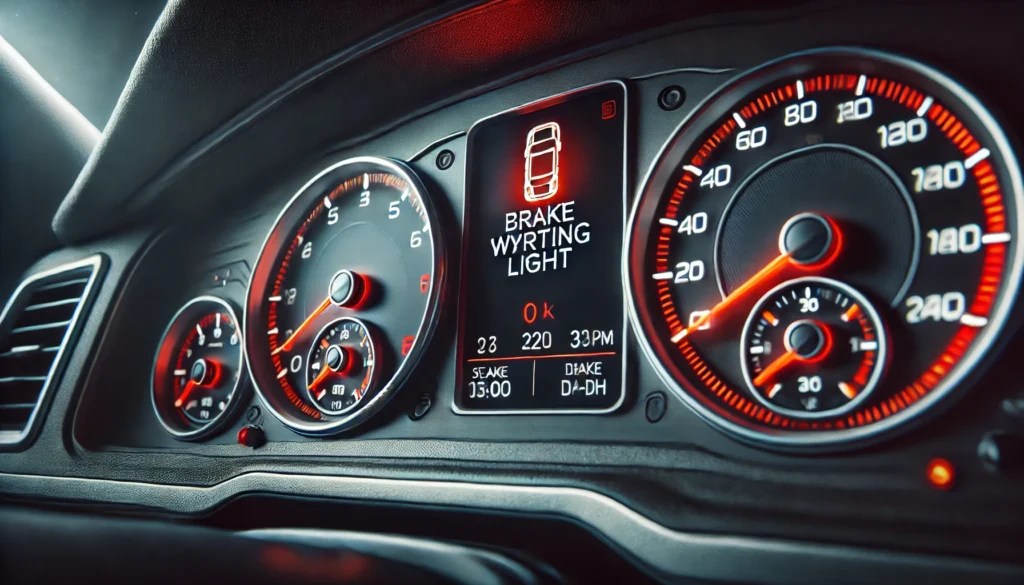The brake system is a critical component of any vehicle, ensuring that it can slow down and stop safely. When there is a fault in the brake system, it raises important questions about vehicle safety and performance. One common concern is whether a brake system fault can affect the vehicle’s speed limit. Understanding the implications of such faults is crucial for maintaining safe driving conditions.
Understanding the Brake System
The brake system comprises several key components, including the brake pedal, master cylinder, brake lines, calipers, brake pads, and rotors. These parts work together to create the friction necessary to slow down and stop the vehicle effectively.

Impact of a Brake System Fault on Vehicle Speed Limit
- No Direct Impact on Speed Limit:
- Explanation: A brake system fault does not directly limit the vehicle’s maximum speed. The braking system is responsible for slowing down and stopping the vehicle, not controlling its acceleration or top speed.
- Scenario: A vehicle with a brake system fault can still reach its maximum speed as determined by the engine and transmission, but it may not be safe to do so.
- Indirect Impact Through Safety Concerns:
- Explanation: While a brake system fault does not affect the speed limit mechanically, it significantly impacts the safety of driving at higher speeds.
- Scenario: Faulty brakes can lead to longer stopping distances and reduced braking efficiency, making high-speed driving dangerous. Drivers should reduce their speed to maintain safety.

- Increased Stopping Distances:
- Explanation: Faulty brakes can result in increased stopping distances, meaning the vehicle takes longer to come to a complete stop.
- Scenario: At higher speeds, this increased stopping distance can lead to accidents if the driver cannot stop in time to avoid an obstacle or another vehicle.
- Reduced Braking Efficiency:
- Explanation: Brake system faults, such as worn brake pads or low brake fluid, can reduce the braking efficiency, making it harder to slow down or stop the vehicle.
- Scenario: Reduced braking efficiency at high speeds can be hazardous, as it may prevent the vehicle from stopping quickly in an emergency.
- Loss of Brake Pedal Feel:
- Explanation: Air in the brake lines or a failing master cylinder can cause a spongy or soft brake pedal, making it difficult to apply the correct braking force.
- Scenario: This loss of brake pedal feel can make driving at high speeds particularly unsafe, as precise braking is necessary to control the vehicle.
What to Do If the Brake Light Comes On
- Diagnose the Issue:
- Steps: Use an OBD-II scanner to read the error codes related to the brake system. These codes help identify the specific problem, such as a faulty sensor, low brake fluid, or worn brake pads.
- Inspect Brake Components:
- Steps: Check the brake pads, rotors, calipers, brake lines, and fluid levels for any signs of wear or damage. Replace or repair faulty components as necessary.
- Seek Professional Help:
- Steps: If you are unable to diagnose or repair the brake system fault yourself, consult a certified mechanic. Professional diagnosis and repair ensure that the brake system is restored to proper working order.
Conclusion
While a brake system fault does not directly limit a vehicle’s speed, it significantly impacts safety, particularly during braking. Faulty brakes can lead to increased stopping distances, reduced braking efficiency, and loss of brake pedal feel, making high-speed driving dangerous. Regular maintenance and prompt repairs are crucial to ensure that the brake system functions correctly, maintaining vehicle safety and performance.